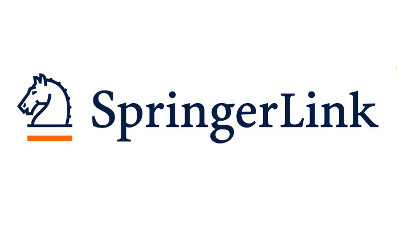 “Cannabinoids are pharmacologically active agents extracted from the cannabis plant. Cannabidiol and tetrahydrocannabinol (THC) are the most studied cannabinoids and both interact with endocannabinoid receptors in various human tissues. The endocannabinoid system moderates physiological functions, such as neurodevelopment, cognition, and motor control.
“Cannabinoids are pharmacologically active agents extracted from the cannabis plant. Cannabidiol and tetrahydrocannabinol (THC) are the most studied cannabinoids and both interact with endocannabinoid receptors in various human tissues. The endocannabinoid system moderates physiological functions, such as neurodevelopment, cognition, and motor control.
The products naturally derived from cannabis include marijuana (dried leaves and flowers, mostly for smoking) and oral cannabinoid extracts with varying concentrations of cannabinoids, including cannabidiol and THC. THC is the main psychoactive constituent and cannabidiol seems to have no psychoactive properties. In addition, there are two synthetical cannabinoids approved by the Food and Drug Administration (FDA) in the United States, dronabinol and nabilone, which are molecules similar to a type of THC (δ-9-THC)1 Nabilone is also approved in Canada. Dronabinol is indicated for chemotherapy-induced nausea and vomiting in children. The use of nabilone in children is not recommended.
In Canada, the minimum age for cannabis consumption varies by provinces and territories, and is either 18 or 19 years. A prescription is required to administer cannabinoids among children. Clinically, cannabis has been used to treat children with epilepsy, cancer palliation and primary treatment, chronic pain, and Parkinson disease.
The adverse events that clinicians need to monitor for include negative psychoactive sequelae and development of tolerance. Psychoactive sequelae may be positive, such as relaxation and euphoria, or negative, such as anxiety and irritability. In 2016, CADTH completed a Summary of Abstracts report on the use of cannabis in children with medical conditions such as attention deficit hyperactivity disorder, autism spectrum disorder, Tourette syndrome, epilepsy, posttraumatic stress disorder, or neurodegenerative diseases, and five non-randomized studies were identified. However, there were no control groups in the five studies included in the report.
It is unclear whether there is new evidence or clinical guidance for the use of medical cannabis in children with mental health conditions, neurodegenerative diseases, or pain disorders, particularly in comparison with other possible therapies for those conditions. There is a need to review the clinical effectiveness of cannabis for pediatric care, as well as clinical guidelines.”
https://www.ncbi.nlm.nih.gov/pubmed/31873990
https://www.ncbi.nlm.nih.gov/books/NBK551866/
 “Highly purified cannabidiol (CBD) (approved as Epidiolex® in the United States) has demonstrated efficacy with an acceptable safety profile in patients with Lennox-Gastaut or Dravet syndrome in four randomized controlled trials.
“Highly purified cannabidiol (CBD) (approved as Epidiolex® in the United States) has demonstrated efficacy with an acceptable safety profile in patients with Lennox-Gastaut or Dravet syndrome in four randomized controlled trials.
 “The behavioural effects elicited by chemical constituents of Cannabis sativa, such as
“The behavioural effects elicited by chemical constituents of Cannabis sativa, such as  “Alzheimer’s disease (AD), the leading cause of dementia in the elderly, is a neurodegenerative disorder marked by progressive impairment of cognitive ability. Patients with AD display neuropathological lesions including senile plaques, neurofibrillary tangles, and neuronal loss.
“Alzheimer’s disease (AD), the leading cause of dementia in the elderly, is a neurodegenerative disorder marked by progressive impairment of cognitive ability. Patients with AD display neuropathological lesions including senile plaques, neurofibrillary tangles, and neuronal loss.
 “Neuronal loss and gliosis are the major pathological changes after status epilepticus (SE).
“Neuronal loss and gliosis are the major pathological changes after status epilepticus (SE). “Neuropathic pain associated with nucleoside reverse transcriptase inhibitors (NRTIs), therapeutic agents for human immunodeficiency virus (HIV), responds poorly to available drugs.
“Neuropathic pain associated with nucleoside reverse transcriptase inhibitors (NRTIs), therapeutic agents for human immunodeficiency virus (HIV), responds poorly to available drugs. “Beta-caryophyllene (BCP) is a dietary plant-derived terpenoid that has been used as a food additive for many decades.
“Beta-caryophyllene (BCP) is a dietary plant-derived terpenoid that has been used as a food additive for many decades. “The butyl homologues of Δ9-tetrahydrocannabinol, Δ9-tetrahydrocannabutol (Δ9-THCB), and
“The butyl homologues of Δ9-tetrahydrocannabinol, Δ9-tetrahydrocannabutol (Δ9-THCB), and 
 “Cannabinoids are pharmacologically active agents extracted from the cannabis plant.
“Cannabinoids are pharmacologically active agents extracted from the cannabis plant.